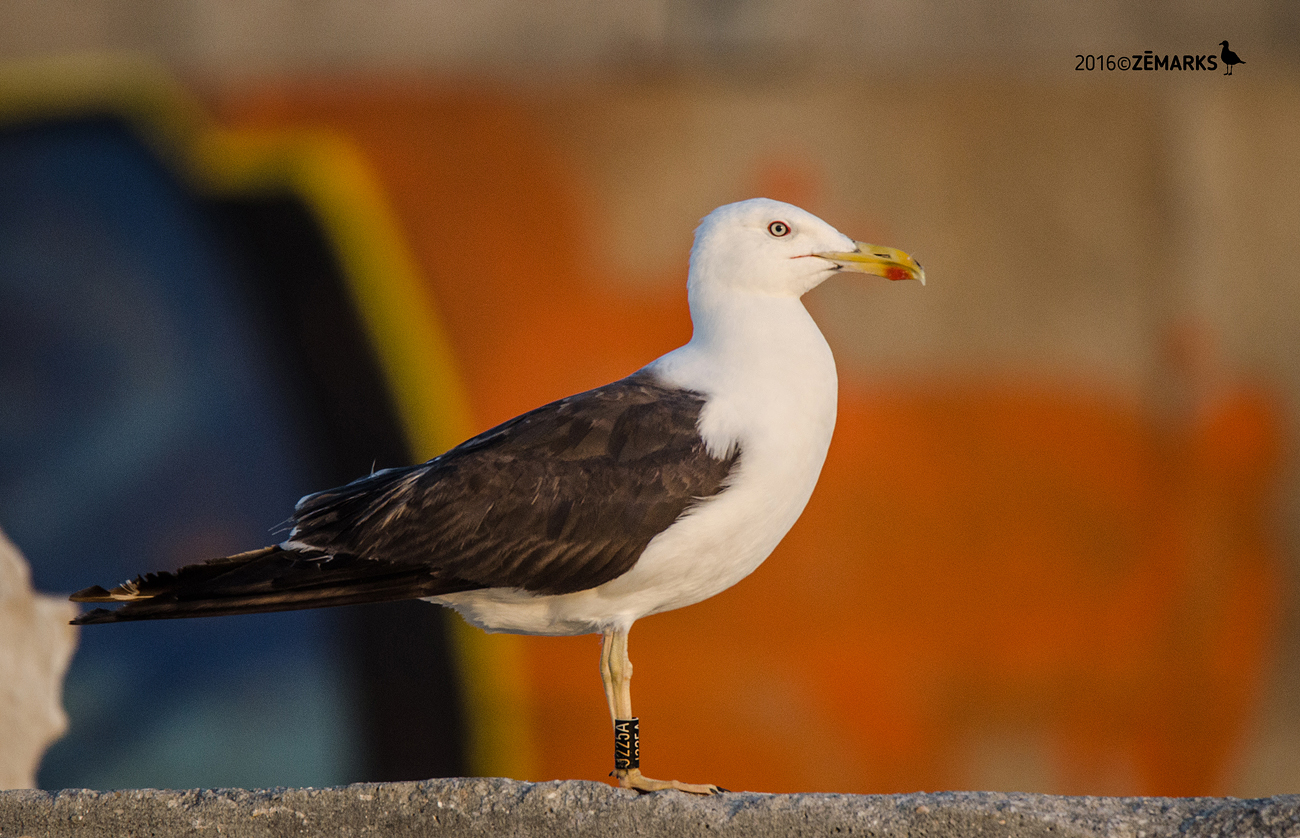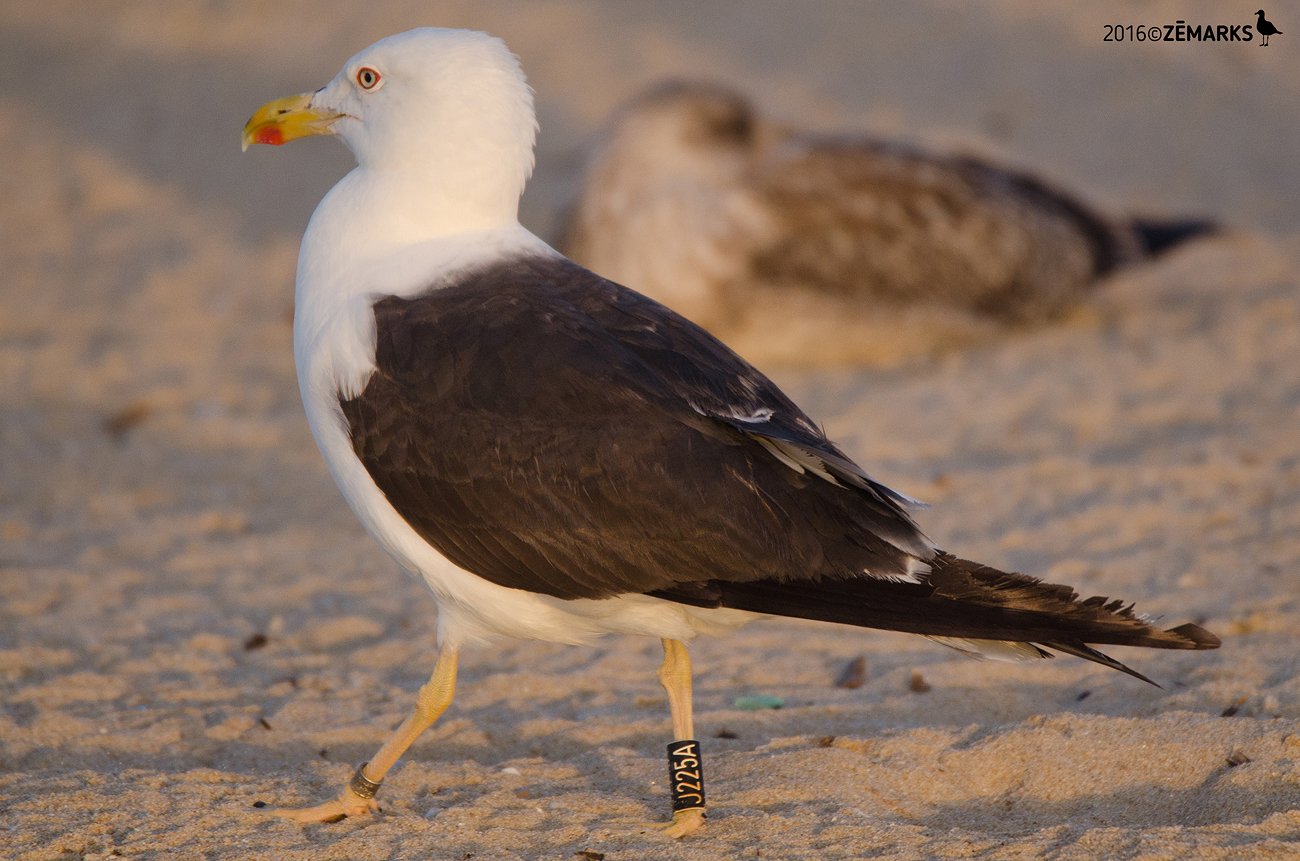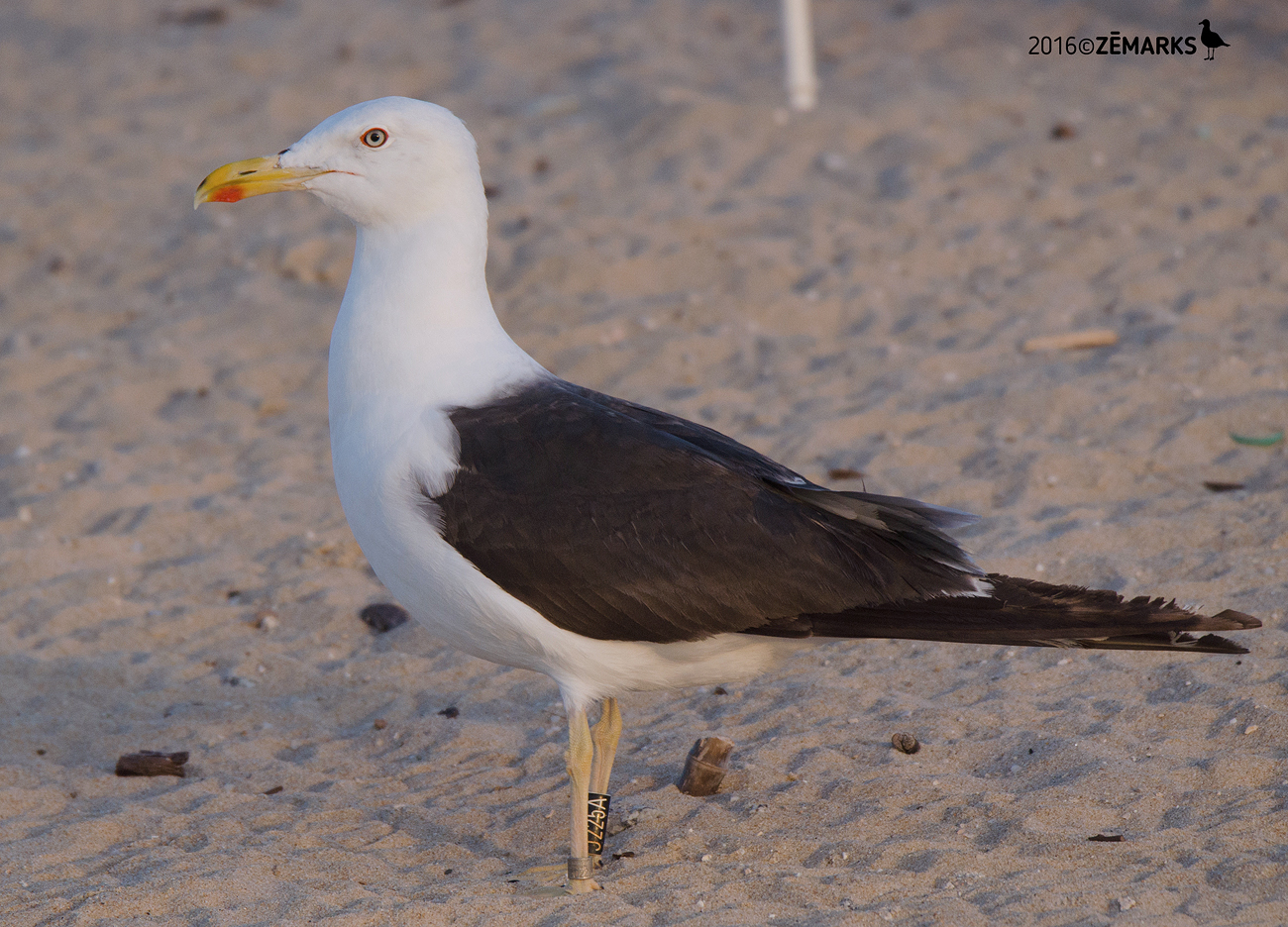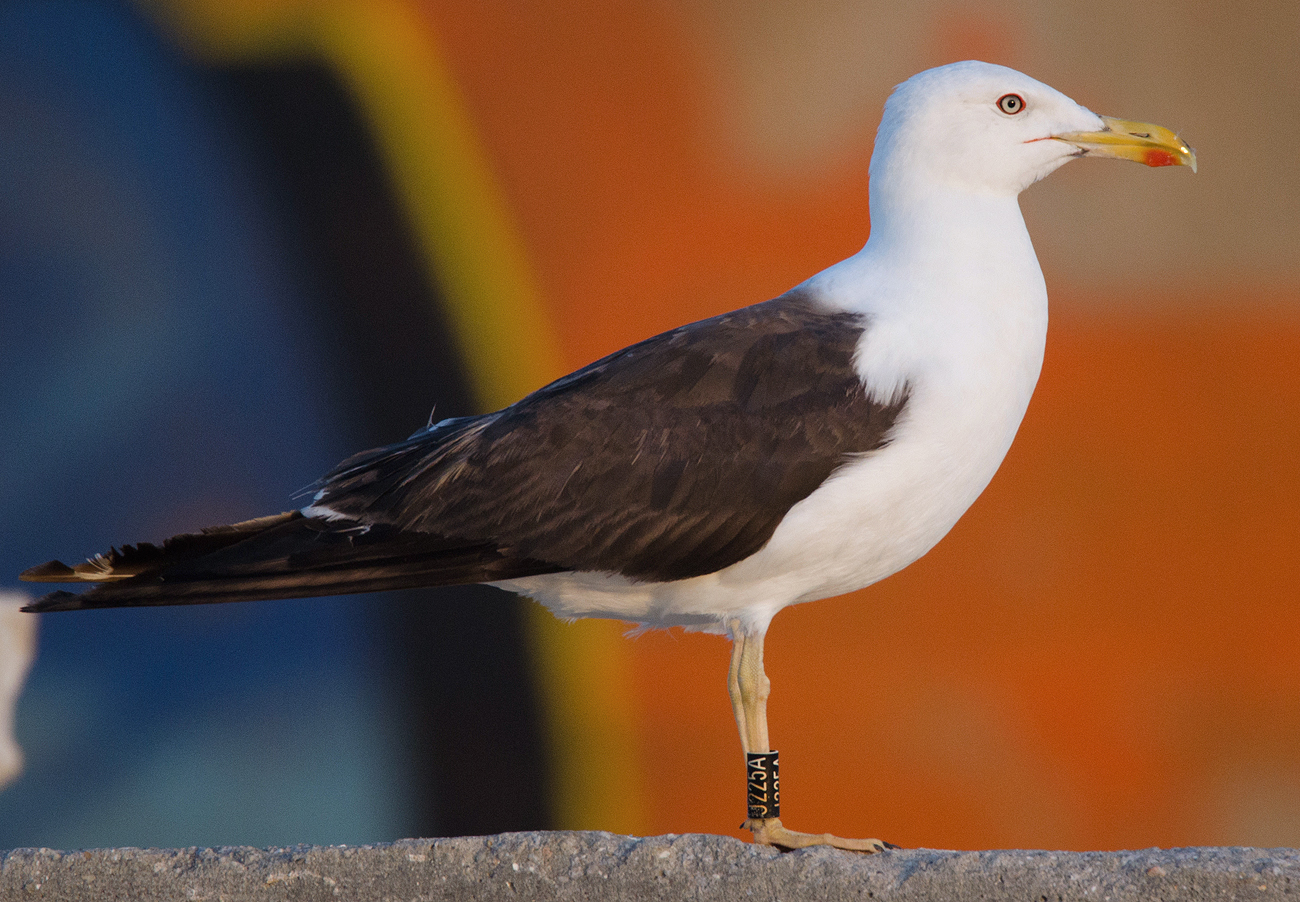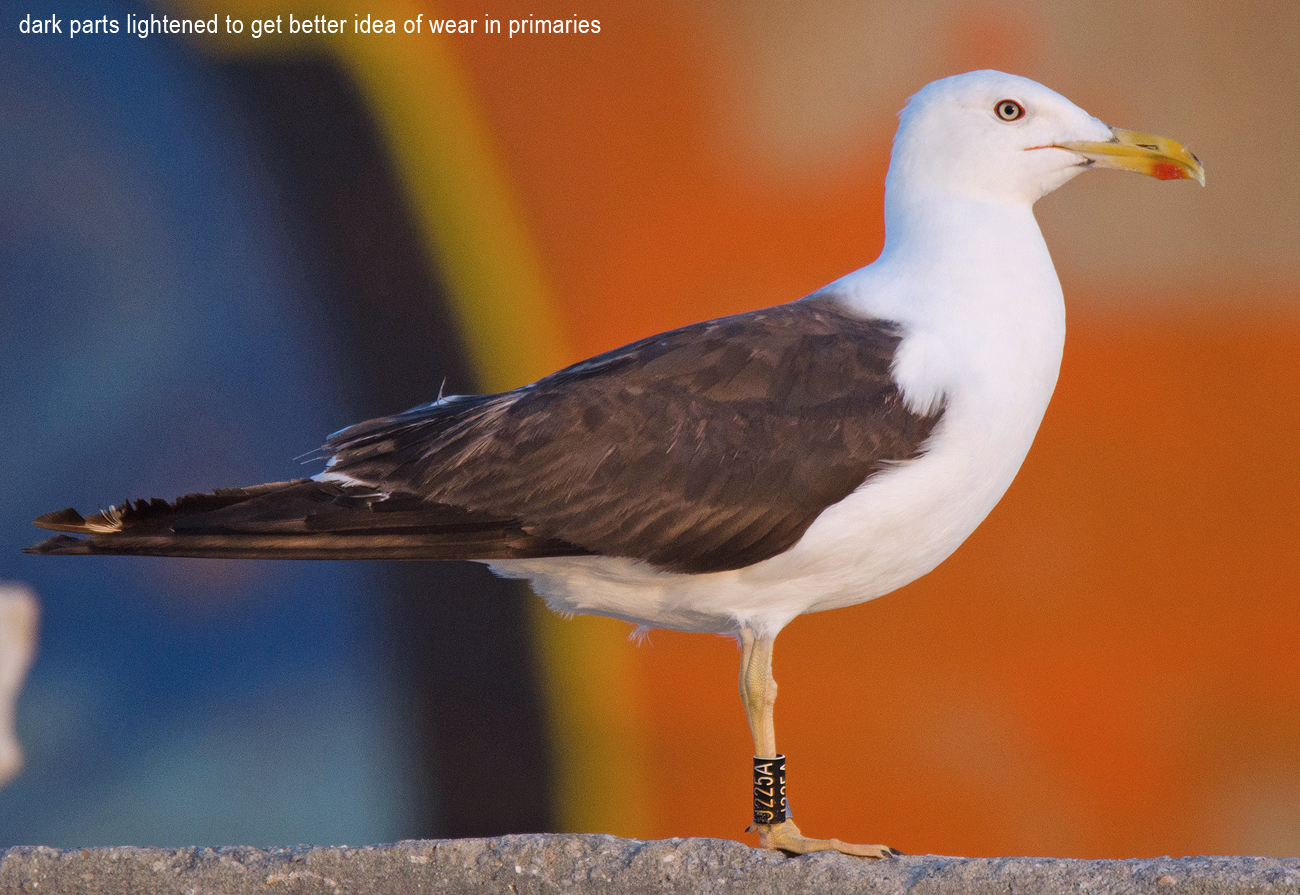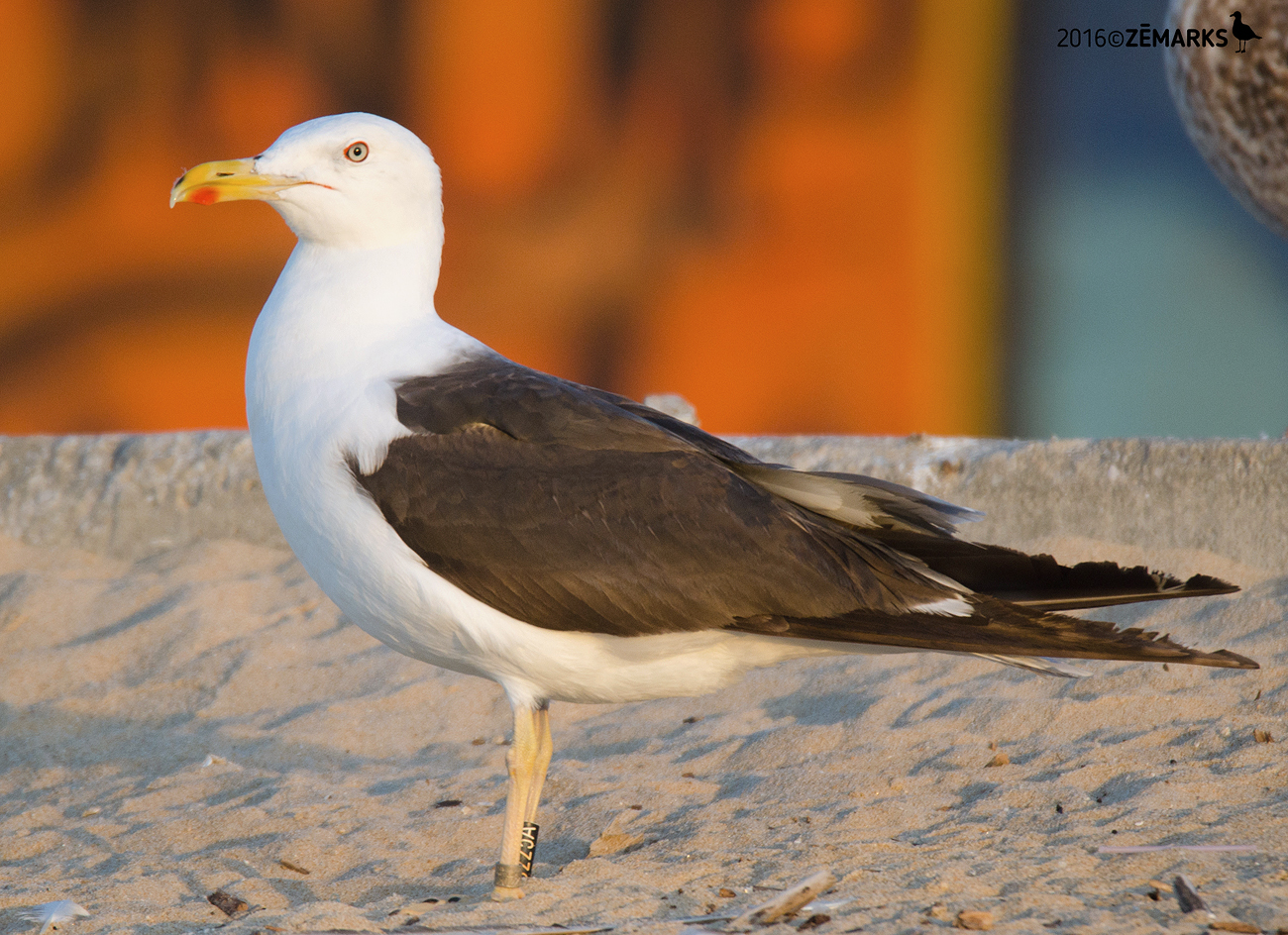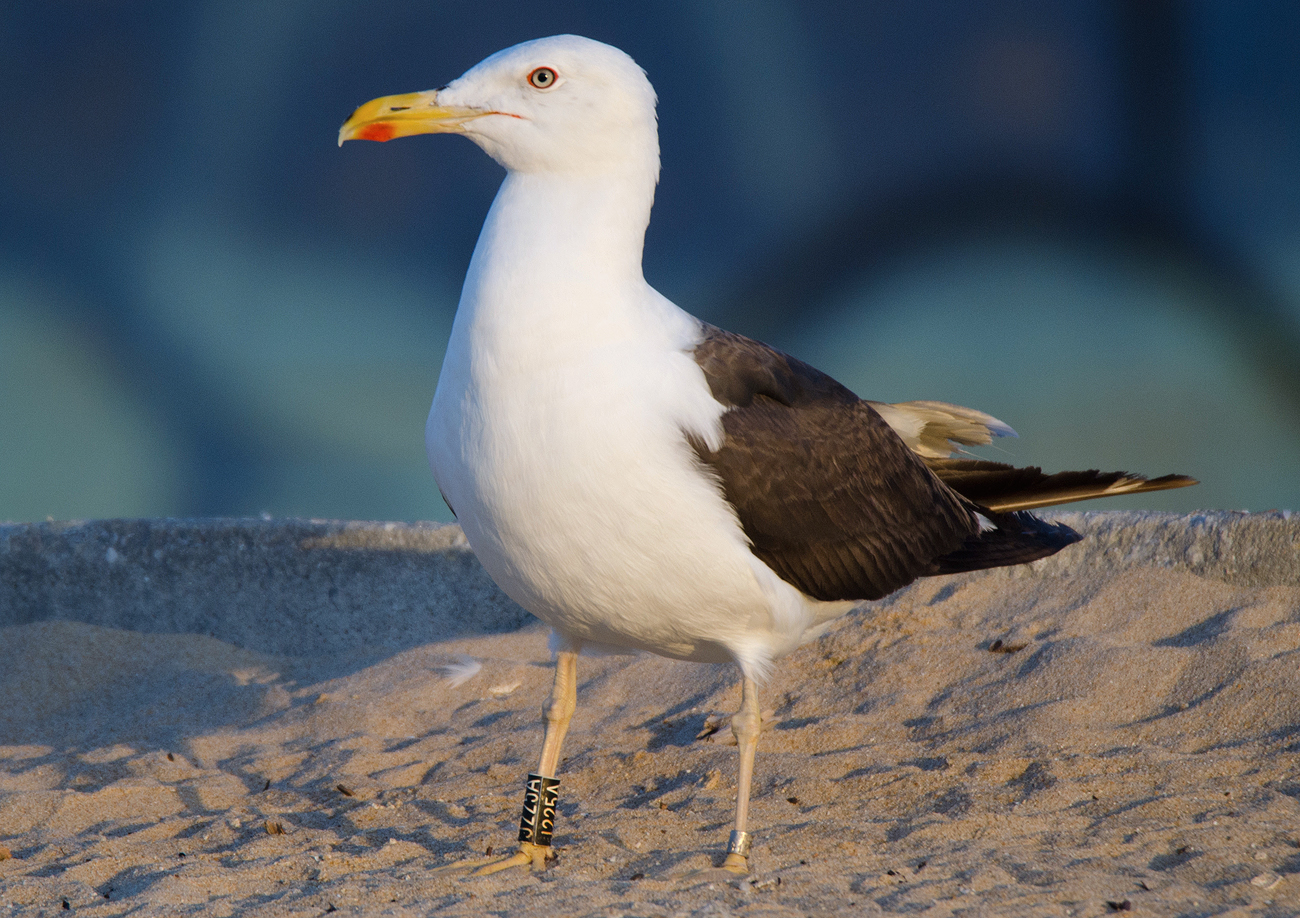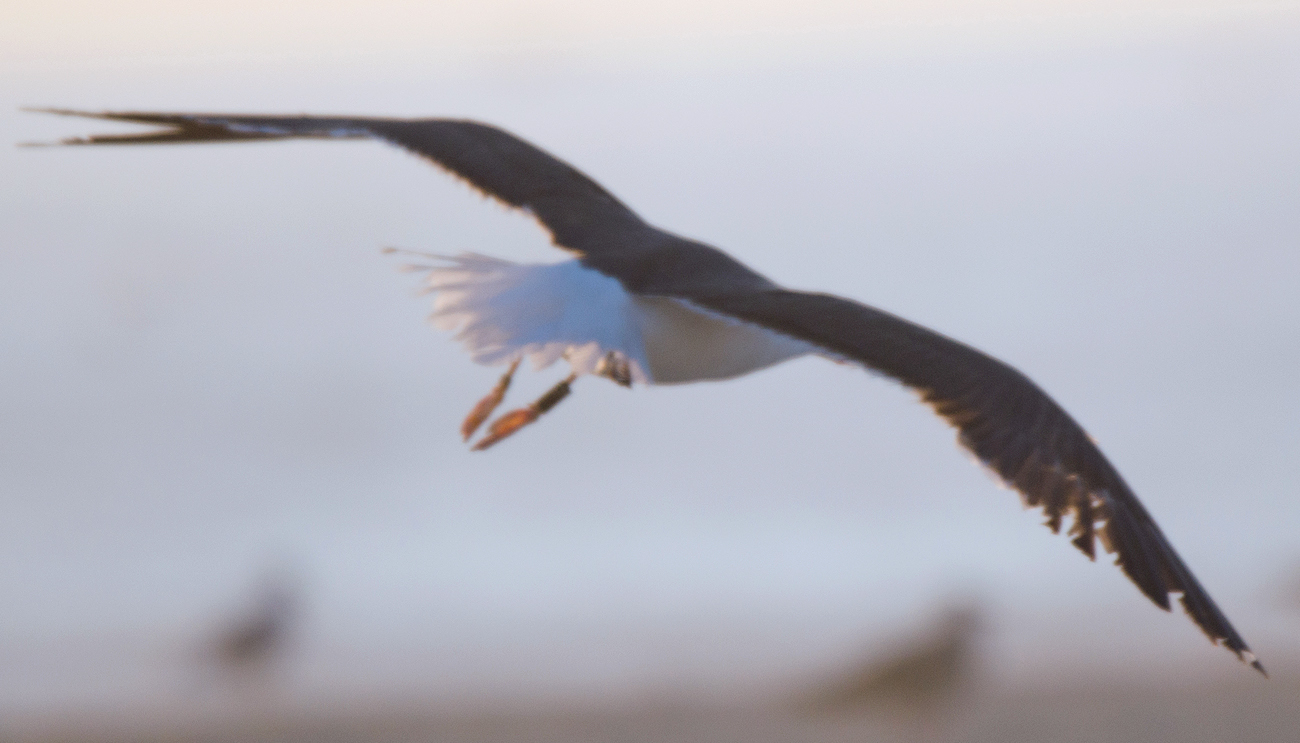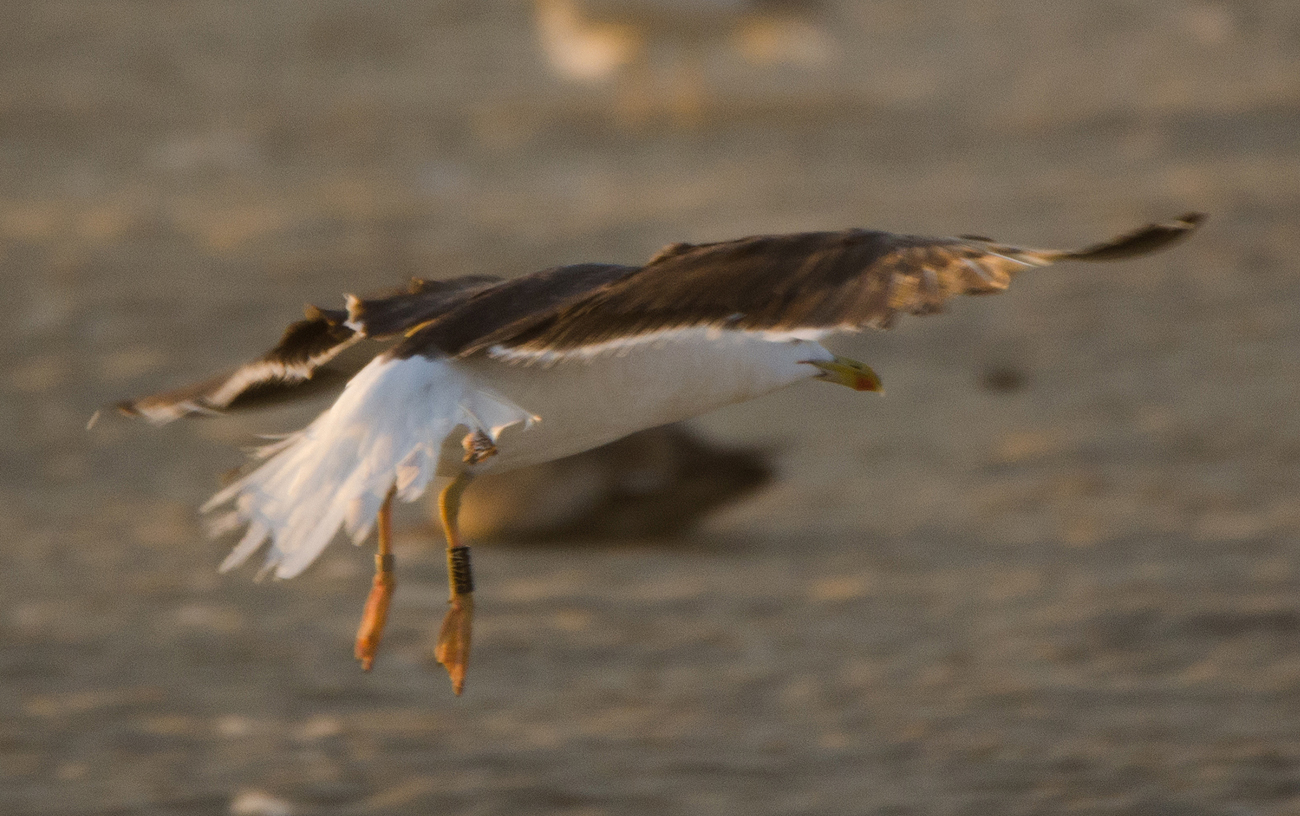 Lesser Black-backed Gull (graellsii & intermedius)
Lesser Black-backed Gull (graellsii & intermedius)
(last update: May 17 2015)
lbbg 1cy May
lbbg 1cy June
lbbg 1cy July
lbbg 1cy August
lbbg 1cy September
lbbg 1cy October
lbbg 1cy November
lbbg 1cy December
lbbg 2cy January
lbbg 2cy February
lbbg 2cy Mar-April
lbbg 2cy May
lbbg 2cy June
lbbg 2cy July
lbbg 2cy August
lbbg 2cy September
lbbg 2cy October
lbbg 2cy Nov - Dec
lbbg 3cy Jan-April
lbbg 3cy May
lbbg 3cy June
lbbg 3cy July
lbbg 3cy August
lbbg 3cy September
lbbg 3cy October
lbbg 3cy Nov - Dec
lbbg sub-ad Jan-April
lbbg sub-ad May
lbbg sub-ad June
lbbg sub-ad July
lbbg sub-ad Aug
lbbg sub-ad Sept
lbbg sub-ad Oct
lbbg sub-ad Nov
lbbg sub-ad Dec
lbbg adult January
lbbg adult February
lbbg adult March
lbbg adult April
lbbg adult May
lbbg adult June
lbbg adult July
lbbg adult August
lbbg adult September
lbbg adult October
lbbg adult Nov - Dec
Lesser Black-backed Gull intermedius J225A 3CY, September 23 2016, Leça Beach, Matosinhos, Portugal. Picture: José Marques.
Please visit José's FLICKR PHOTO STREAM and also José Blog "Seabirds Portugal".
OBSERVATION REPORT
∞
RINGS
Color ring - N[J225A]
Metallic ring - 4130225
EURING code - 05910 - www.cr-birding.org/node/1152
Right leg (tarsus) - Black ring with white 5 alpha-numeric code
Left leg (tarsus) - Metallic ring
Ringer - Lome, Carsten
Age at first ring - Pullus - Date - 2014.06.25
Place where ringed - Revsholmen, Arendal, Aust-Agder, Norway
∞
SPECIES
Type of bird - Larus fuscus
Age & Sexe - Ad. - Unknown
∞
OBSERVATION
Date of the sighting - 23.09.2016 - Time: afternoon
my sightings/2016: 1 - total of my sightings: 1
Place - Leça beach, Matosinhos, Portugal
Coordinates: - 41.17632 – 8.692374
∞
LIFE HISTORY
Date - Location - Observer
25.06.2014 Revsholmen, Arendal, Aust-Agder, Norway - Lome, Carsten
18.08.2014 Revsholmen, Arendal, Aust-Agder, Norway - Lome, Carsten
23.09.2016 Leça beach, Matosinhos, Portugal – José Marques
Intriguing 3CY intermedius, from southernmost Norway.
Fascinating moult stage already visible in rest: there is an obvious mirror on P10 indicating this is a 3rd generation primary, while all outer primaries look much abraded. As many images in the 3CY September section of this site show, 3CY western graellsii and Scandinavian intermedius are in complete moult now, with the outer primaries still old brown 2nd generation, lacking a mirror on P10. Especially 3CY Lesser Black-backed Gulls may show quite a large range of variation in the moult score, but normally P6 or P7 is just replaced by mid-September, while 1 to 3 outer primaries are still old. 3CY nominate fuscus is different in this moult timing.
This intermedius ringed J225A is very different from that ordinary moult scheme. In the right wing P1-P2 are adult-like, dark-based with the white tips still in pretty good condition. P3-P5 are worn, but also adult-like. P6-P7 are in obvious better condition with P7 showing some of a pale tip, while P8-P10 are worn again, with a mirror on P10. Most secondaries are adult-like, but the three outermost feathers in this tract (normally the secondaries first replaced in an ordinary sequence), are 2nd generation-like, worn brownish feathers in the first image of the flying bird, but this doesn't show obvious in the second image.
The condition of the worn primaries indicate these feathers probably have been replaced prior to spring migration, already more than half a year ago. From ring readings we know some intermedius may follow an early and extensive moult in late winter. This 3CY intermedius J225A seems to be another example bird illustrating and supporting this concept, and thus creating difficulties identifying out of range nominate 3CY fuscus; see also here.
